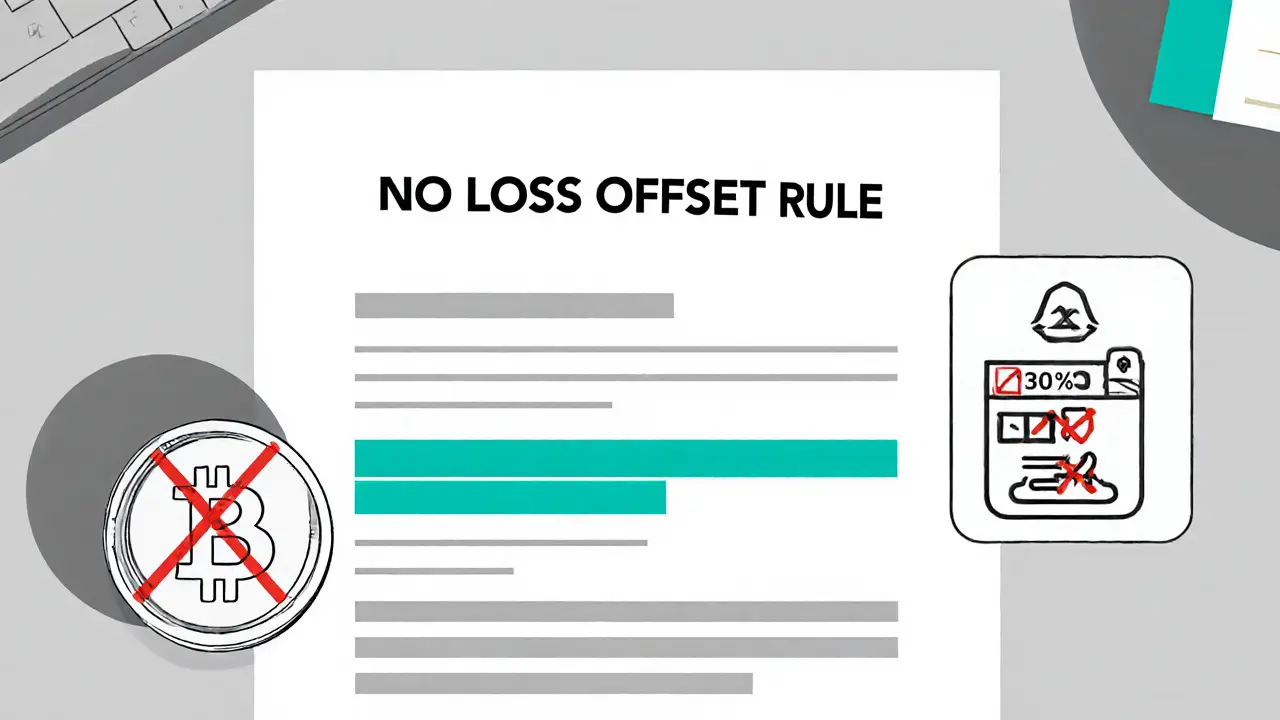Crypto Traders: Strategies, Compliance & Market Insights
When talking about crypto traders, people who actively buy, sell, or hold digital assets to profit or hedge risk. Also known as digital asset traders, they navigate a market where finance, technology, and regulation intersect.
One core habit many crypto traders share is the use of Dollar-Cost Averaging, a systematic buying approach that smooths out price swings. Crypto traders leverage DCA to avoid timing the market, which reduces emotional bias and lowers the impact of volatility. At the same time, staying on the right side of the law is non‑negotiable; FBAR compliance has become a daily checklist for anyone with foreign crypto accounts, as missed filings can trigger six‑figure penalties. These two practices—DCA for discipline and FBAR for legality—form a safety net that lets traders focus on growth rather than headaches.
Advanced Tools and Opportunities
Beyond basic tactics, many crypto traders are tapping into liquid staking, a way to earn staking rewards while keeping tokens tradable. Tokens like FRXETH let traders earn yield on Ethereum without locking up assets, blending passive income with active market exposure. Another fast‑growing niche is NFT airdrops, where holders receive free NFTs that can unlock utility in games, metaverses, or even future token drops. Understanding the mechanics of these drops—eligibility, claim steps, and resale value—helps traders turn a simple giveaway into a strategic asset.
All these pieces—systematic buying, regulatory diligence, staking yields, and NFT rewards—create a layered playbook for crypto traders. The articles below dive deep into each topic, offering step‑by‑step guides, risk assessments, and real‑world examples that you can apply right away. Whether you’re sharpening your DCA schedule, checking your FBAR status, exploring liquid staking options, or hunting the next NFT airdrop, the collection is built to give you actionable insight without the fluff.

India's No Loss Offset Rule: How It Impacts Crypto Traders
Explore India's no loss offset rule, its 30% crypto tax impact, compliance challenges, and strategies for traders to navigate the stringent regime.
